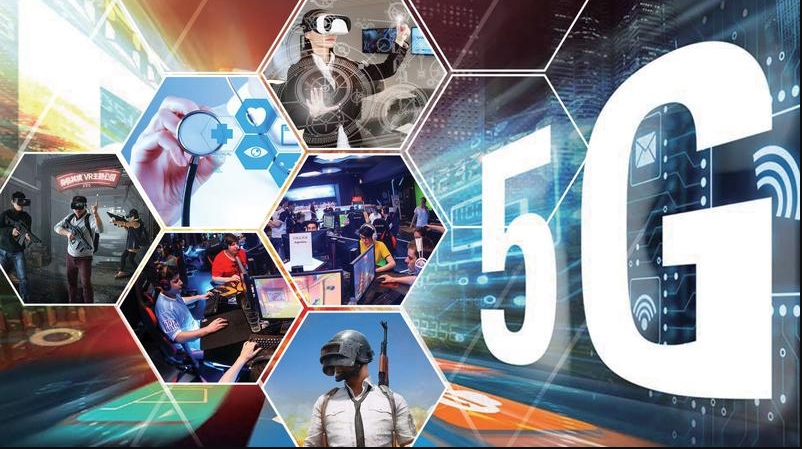Takeaway
The evolution of virtual worlds is reshaping human connection, offering immersive experiences that transcend geographical boundaries. As developers harness advanced technologies such as VR, AR, and AI, they are not only creating engaging environments but also fostering meaningful interactions among users. This article delves into the intricacies of virtual world development, exploring its impact on social dynamics, user engagement, and the future of human connection.
Introduction to Virtual World Development
Virtual worlds have emerged as a significant frontier in the realm of digital interaction, blending gaming, social networking, and immersive experiences. These environments allow users to engage in a shared space, facilitating communication and collaboration in ways that traditional platforms cannot. The development of these worlds requires a multidisciplinary approach, integrating game design, software engineering, and user experience (UX) design.

The Role of Technology in Shaping Virtual Worlds
At the core of virtual world development lies a suite of technologies that enhance user experience and interaction. Key technologies include:
- Virtual Reality (VR): VR immerses users in a fully digital environment, allowing for a sense of presence that traditional media cannot replicate. According to a report by Statista (2023), the global VR market is projected to reach $57.55 billion by 2027, highlighting its growing significance in various sectors, including gaming and education.
- Augmented Reality (AR): AR overlays digital information onto the real world, creating interactive experiences that blend physical and virtual elements. The AR market is expected to grow to $198 billion by 2025 (ResearchAndMarkets, 2023), indicating its potential for enhancing user engagement in virtual worlds.
- Artificial Intelligence (AI): AI plays a crucial role in creating responsive and adaptive environments. By utilizing machine learning algorithms, developers can design NPCs (non-player characters) that learn from user interactions, providing a more dynamic and personalized experience.
Designing Engaging Virtual Environments
The design of virtual worlds is a complex process that requires a deep understanding of user psychology and interaction design principles. Key considerations include:
User-Centric Design
Creating a user-centric virtual world involves understanding the needs and motivations of users. Research by Nielsen Norman Group (2022) emphasizes the importance of usability testing in the design process. By gathering feedback from users, developers can refine their environments to enhance engagement and satisfaction.
Social Interaction Mechanics
Social interaction is a fundamental aspect of virtual worlds. Developers must implement mechanics that encourage collaboration and communication. For instance, platforms like Roblox and Second Life have successfully integrated social features such as chat systems, user-generated content, and collaborative gameplay, fostering vibrant communities.
Immersive Storytelling
Storytelling is a powerful tool in virtual world development. Engaging narratives can captivate users and encourage them to explore the environment. A study by the University of Southern California (2021) found that immersive storytelling in games significantly enhances emotional engagement, leading to longer play sessions and increased user retention.
Real-World Applications of Virtual Worlds
Virtual worlds are not limited to gaming; they have found applications across various industries, including education, healthcare, and corporate training.
Education
In the educational sector, virtual worlds provide immersive learning experiences that enhance student engagement. Platforms like AltspaceVR have been utilized for virtual classrooms, allowing students to interact with peers and instructors in a 3D environment. A study by the Journal of Educational Technology & Society (2022) found that students in virtual classrooms reported higher levels of satisfaction and engagement compared to traditional online learning environments.
Healthcare
Virtual worlds are also making strides in healthcare, particularly in training medical professionals. Simulations in virtual environments allow for realistic practice scenarios without the risks associated with real-life procedures. According to a report by the American Medical Association (2023), VR training has been shown to improve surgical skills and reduce errors in real-world settings.
Corporate Training
Companies are increasingly adopting virtual worlds for employee training and development. By creating realistic simulations of workplace scenarios, organizations can provide employees with hands-on experience in a safe environment. A study by PwC (2022) revealed that employees trained in VR were four times more focused than in traditional classroom settings, leading to better retention of information.
The Future of Human Connection in Virtual Worlds
As technology continues to advance, the potential for virtual worlds to enhance human connection is vast. The integration of 5G technology, for instance, will enable faster data transmission and lower latency, resulting in more seamless interactions in virtual environments. According to a report by Ericsson (2023), the global rollout of 5G is expected to reach 1.5 billion subscriptions by 2025, paving the way for more immersive experiences.

Challenges and Considerations
Despite the promising future of virtual worlds, several challenges must be addressed. Issues such as data privacy, user safety, and the digital divide pose significant hurdles. Developers must prioritize user security and create inclusive environments that cater to diverse audiences. A report by the Pew Research Center (2022) highlighted that 30% of Americans are concerned about privacy in virtual environments, underscoring the need for robust security measures.
Conclusion
Virtual world development is at the forefront of transforming human connection, offering immersive experiences that foster collaboration and engagement. By leveraging advanced technologies and prioritizing user-centric design, developers can create environments that not only entertain but also enrich social interactions. As we look to the future, the potential for virtual worlds to bridge gaps and connect individuals across the globe is immense. The key takeaway is that the evolution of virtual worlds is not just about technology; it is about crafting meaningful human connections in an increasingly digital world.

